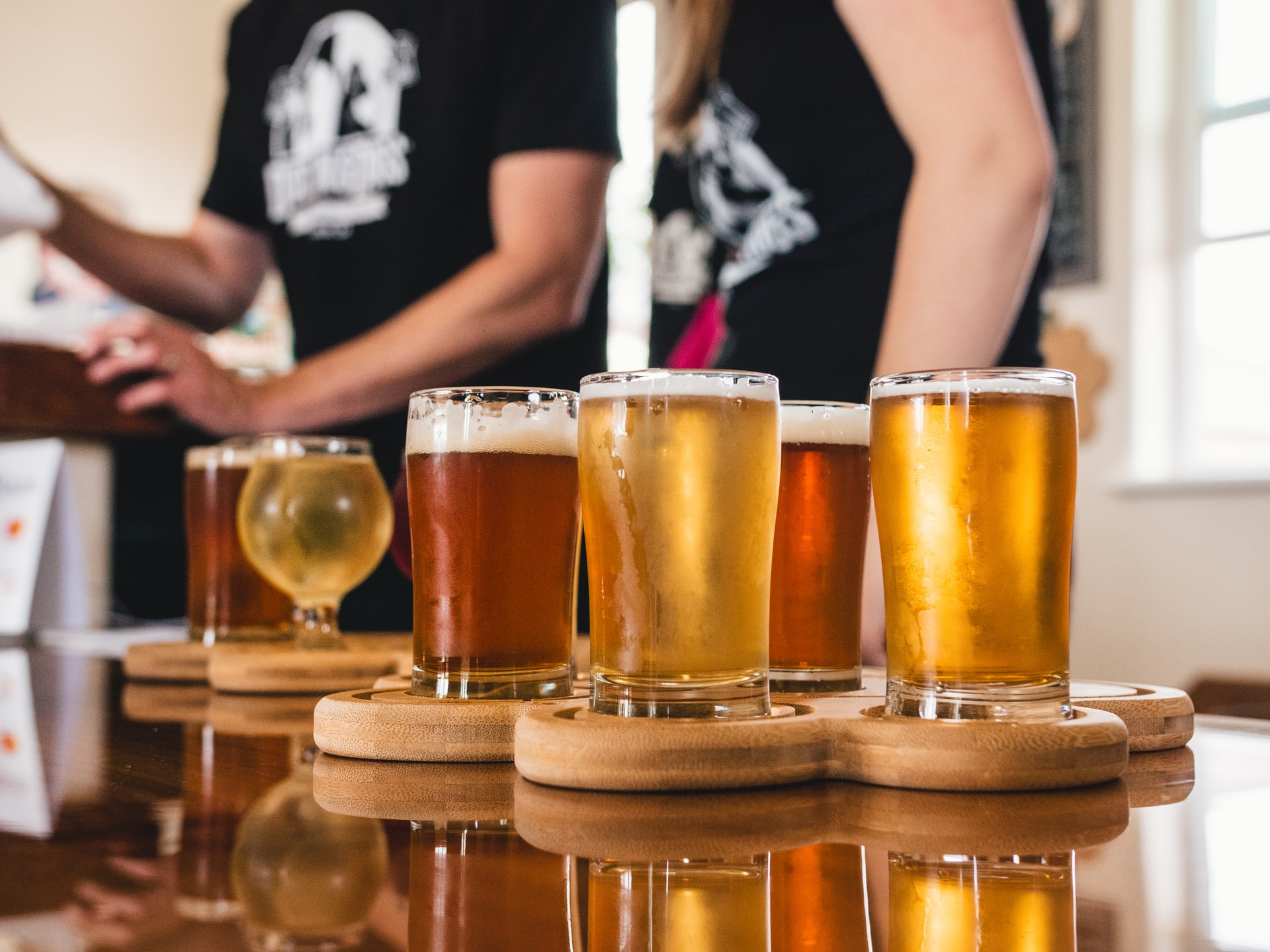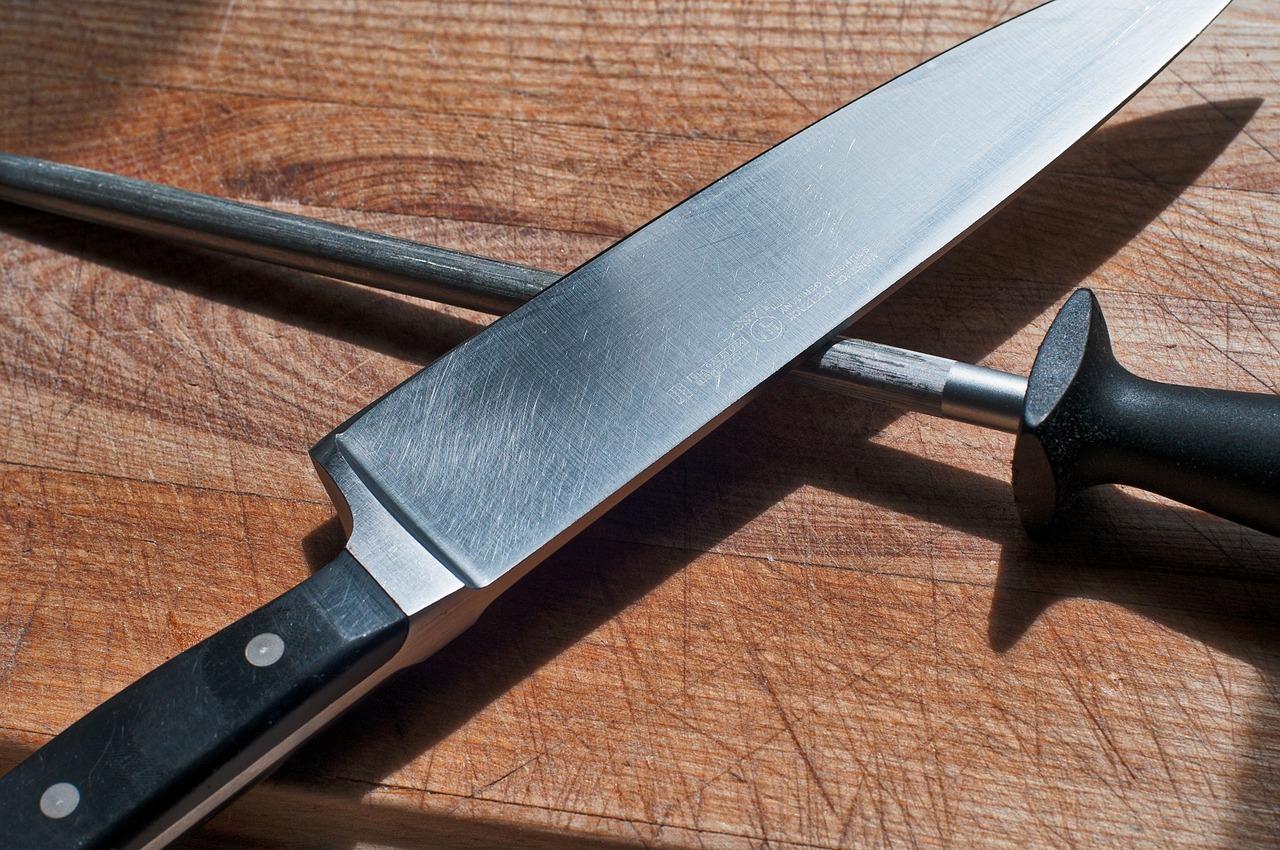New Operators Can Reject the Old Models
by David Klemt

There’s no reason new hospitality business owners and operators have to do what’s always been done.
In fact, new owners and operators are in a prime position to create entirely new business models.
If we’re going to change things and set the industry up for success in the future, we need to pursue different ways of doing business.
Industry Pioneer and Icon
Lynnette Marrero, widely known as a pioneer in this industry, is enjoying a career that should inspire all hospitality professionals.
After getting her start as a cocktail waitress at New York City’s storied Flatiron Lounge, she transitioned to bartender. In that role, Marrero was able to learn under Flatiron Lounge co-owner and bartending sage Julie Reiner.
She has created and consulted on world-class, award-winning cocktail programs. If you find yourself in New York City, plan to stop into Llama Inn and Llama San to experience Marrero’s menu programming.
Marrero is a James Beard Award and Spirited Award winner, a Dame Hall of Fame inductee, and the co-founder of high-speed all-female bartending competition Speed Rack.
Perhaps most importantly, she’s a mentor and an innovator helping to shape the career’s of new bartenders and hospitality pros.
And on episode 54 of the Bar Hacks podcast, Marrero encourages new operators to think differently about how they run their businesses.
New Models
Specifically, Marrero explains that new owners and operators are in a position to run things differently from the start.
“I think it’s a lot about changing your structures from the beginning. Don’t feel pressure to have to go into models that already exist,” says Marrero. “You can build new models and you can think about new ways.”
Making impactful change from the very beginning requires a change in how we think about running restaurants, bars, hotels, and other hospitality businesses.
“What does ownership look like?” asks Marrero, providing examples of new approaches to ownership. “Can you start a place that’s more profit sharing for staff? Can you build that in from the beginning?”
Offering further considerations, Marrero suggests that new owners and operators consider operational elements such as earned equity and co-op-style ownership.
In theory, such structures, which are certainly far from the norm, may lead to significant reductions in turnover, boosts to staff morale and engagement, and a more dynamic team. Putting different structures in place rather relying on the old models can lead to building teams invested in helping owners grow their businesses for the long term.
Change is Necessary
While established operators can certainly make changes to their existing operations, Marrero says that it’s easier for new businesses to do so.
In part, this is because investors know going in what the labor structure is, for example. They therefore also understand how the payback structure will work.
And that’s just on the investment side of the equation. On the labor side, new structures make it easier to recruit, hire, and retain staff.
Solving labor shortages leads to operating at full strength for full days rather than relying on shortened hours. Staff are less overwhelmed and costly turnover is reduced.
It’s easier to do things the way they’ve always been done. But rejecting the old ways can be far more fulfilling and profitable for everyone involved.









